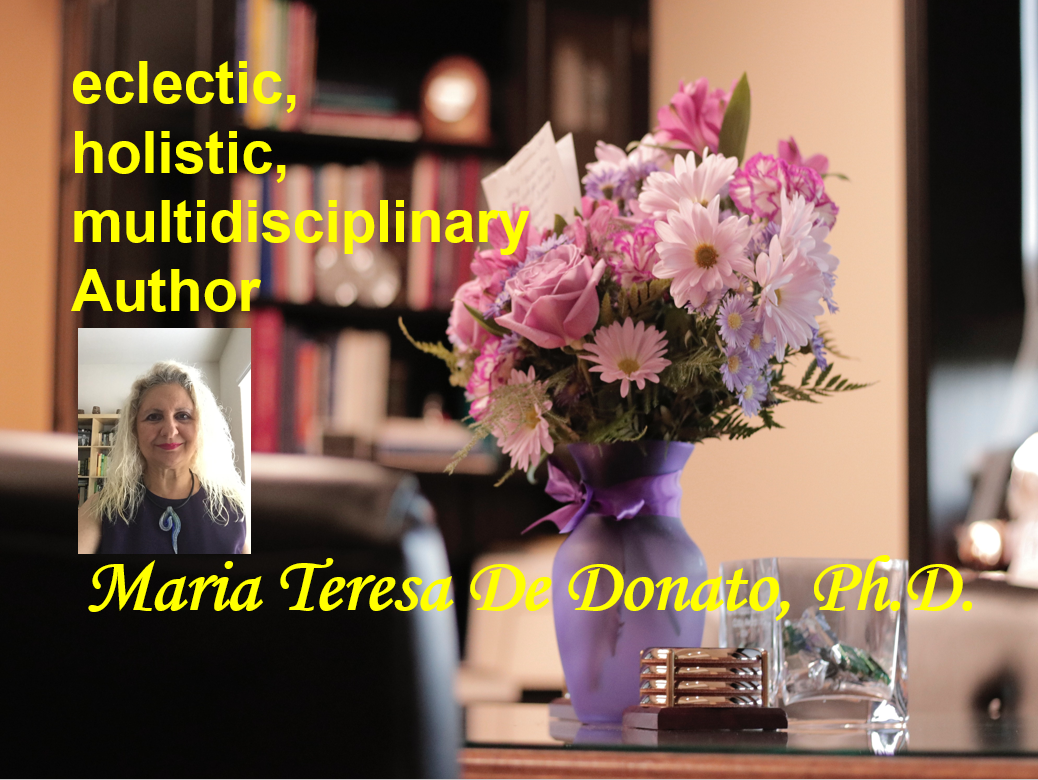%20(Bookcover).jpg)
Once again, Fiori Picco catapults us into Yunnan, the Chinese province where she lived for eight years, making us familiar with the life of the Dulong community. Although she is the author of the novel, the narrative voice is that of Mila, a girl born and raised in Kunming, the capital of Yunnan, who at a very young age decides, on government assignment, to go to work as a social worker in the gorge of Nujiang, the largest undamped river in Southeast Asia which, with its 3289 kilometers, flows from the Tibetan Plateau to the Andaman Sea.
However, claiming that this book is the simple story of the Butterfly Women’s Club is highly reductive. Duna, Puma, Cina, and Grisa are not just four women but rather the very emblem of their Dulong culture and ethnicity. Of the latter, they represent, each in its own way, awareness, acceptance, and even questioning of the pillars on which this culture rests, which includes the rituals and sacrifices that characterize it and make it unique.
These four elderly women whom Mila will assist will become, to all intents and purposes, her Vazì, i.e., ‘grandmothers,’ who will accept and welcome her affectionately, despite their character and behavioral differences, like their Puli, i.e., ‘granddaughter.’ Mila will, therefore, be the one to describe to Fiori Picco her experience with them and life between the Dulongs and Fiori Picco to transform it into a compelling novel.
Mila’s story is, partially paraphrasing her words, an introspective journey which, through living together with these four “elderly, isolated and closed women in a world distant from civilization, characterized by mystical beliefs and populated by spirits and supernatural powers related to animism, [it] allowed [her] to analyze [her] emotions and to evaluate what is really important.” (F. Picco, 2022, Prologue, p. 7)
According to Mila, these four women “had become one with the habitat, almost as if they were now part of the rich mythology of the place.” (p.13)
Puma, Duna, Grisa, and Cina, despite their diversity, had a common destiny: that of having been permanently tattooed with Mugao, the tattoo that represents a butterfly and which, through the Bhaktu ritual, was immortalized on their faces at a very young age through a painful procedure that marked them permanently and indelibly not only on a physical level but also and above all on a psychological level.
All the women of the village were subjected to this treatment. Not all have managed to overcome the trauma of the atrocious suffering suffered and having been irreversibly disfigured in the face. Some have preferred, although still very young, to end their lives.
However, it will only be at the end of the novel that the grim reality of the Mugao tattoo and why it was inflicted on all the women in the village will be revealed. Love and the desire to protect loved ones sometimes leads to drastic and somewhat questionable choices, choices that can be understood, not understood, accepted, or rejected, and which, in some cases, can have dramatic consequences and claim the lives of those whom we tried to protect.
Puma Namusa, the old shaman and medium, the village healer witch; China, the tattoo artist, the oldest of the four, but also the most energetic; Grisa, nicknamed ‘the Crow,’ an appellation “given to experts of herbs, infusions, and decoctions,” with a “wild, introverted, taciturn personality; and Duna, “the weaver of rainbows … [who] throughout her life had spun colorful blankets for her tribe”, i.e. “the famous plaids of the Dulong ethnic group, called yodo…” (p. 17) are, therefore, together with Mila herself, the protagonists of this novel.
Dr. Luo, District Chief, a senior official gifted not only with great charisma but with equal empathy, will try in every way to help Mila assist and support these women, telling her about local historical events and explaining customs and beliefs. In doing so, he will also pave the way for Duna, Puma, Grisa, and Cina to abandon their humble huts, their “safe dens in which to take refuge from the wickedness of the world” (p. 20), and be somehow integrated into a more stable context and safe: wooden houses built by the Chinese government to lift this ethnic minority, now on the verge of extinction, out of poverty and extremely precarious hygienic conditions. In these new homes, these over eighty and ninety-year-olds will spend the last years of their troubled existence in a dignified manner.
Despite the difficulties both of them will encounter, the patience, empathy, and even the genuine affection that both Mila and Dr. Luo will show them, these women will be able to accept the transfer and get used to it, each in their own way and at their own times, to a house and a lifestyle diametrically opposed to those they were used to.
In addition to the various key characters, Nature and Animism play a fundamental role, becoming themselves, in fact, protagonists of this literary work.
The Nujiang valley, with its wild and equally menacing river, its luxuriant vegetation which isolates it from the world by muffled sounds coming from outside and amplifying those emitted inside, its numerous animals, its humid climate characterized by torrential rains, and its steep and crumbling slopes, it determines the life or death of its inhabitants.
Nature in this place is unique: its call hypnotizes, penetrates the labyrinths of the soul and mind, and never gives up. Nature and Animism go hand in hand, complementing each other and, through myths, legends, but also the undisputed supernatural presence of spirits, demons, souls of the dead, and signs to be interpreted, they capture the mind and psyche of the Dulongs who learn to live with them, accepting and respecting the will of the god Ghemon and the other spirits of the forest. Mediums and Sorcerers play, each within the scope of their own competencies, the role of Mediators between Human Beings and Divinities. Order and harmony are thus ensured: at least, this is the firm conviction of the Dulongs.
Among the various exciting aspects of this novel emerges the commitment of the Chinese institutions to protect and safeguard ethnic minorities, including the Dulong one, promoting tourism and local craft activities and removing entire communities from poverty that for centuries have lived in one state of total isolation and highly precarious living conditions.
Coming out and embracing one’s sexual orientation rather than resigning oneself to playing a part dictated by society’s rules is another aspect mentioned in this publication and on whose dynamics and implications the reader is implicitly encouraged to reflect.
This book, therefore, pays tribute to the Dulongs, “an endangered ethnic group,” and to the “entire area of Nujiang, which is under the aegis of Unesco as a World Heritage Site.” (F. Picco, Author’s note, p. 264) The Author deserves credit for having highlighted with this work of hers “the importance of memory which must be inculcated in young people so that their origins are not forgotten.” (p. 265)
In the drafting of this novel of hers, Il Circolo delle Donne Farfalla, as well as in that of Giada Rossa (= Red Jade) and Yao, Fiori Picco manifests her true vocation: that of acting as a Sinologist, Author, Translator, and Editor as a spokesperson, not only of the Chinese culture in general but above all that of the Yunnan ethnic groups. In doing so, through his harmonious, fluid, and equally captivating style, he brings out his great intellectual honesty, his grace, and deep empathy, which not only attract the reader but also pave the way for a greater understanding of cultures, traditions, and styles of millennial life which in some respects seem close and others light-years away from us and which, however, belong to our human experience.
Il Circolo delle Donne Farfalla is a book full of fascinating landscape descriptions and accurate psychological analyses written with the heart and characterized by a profound humanity whose reading I recommend to everyone.

